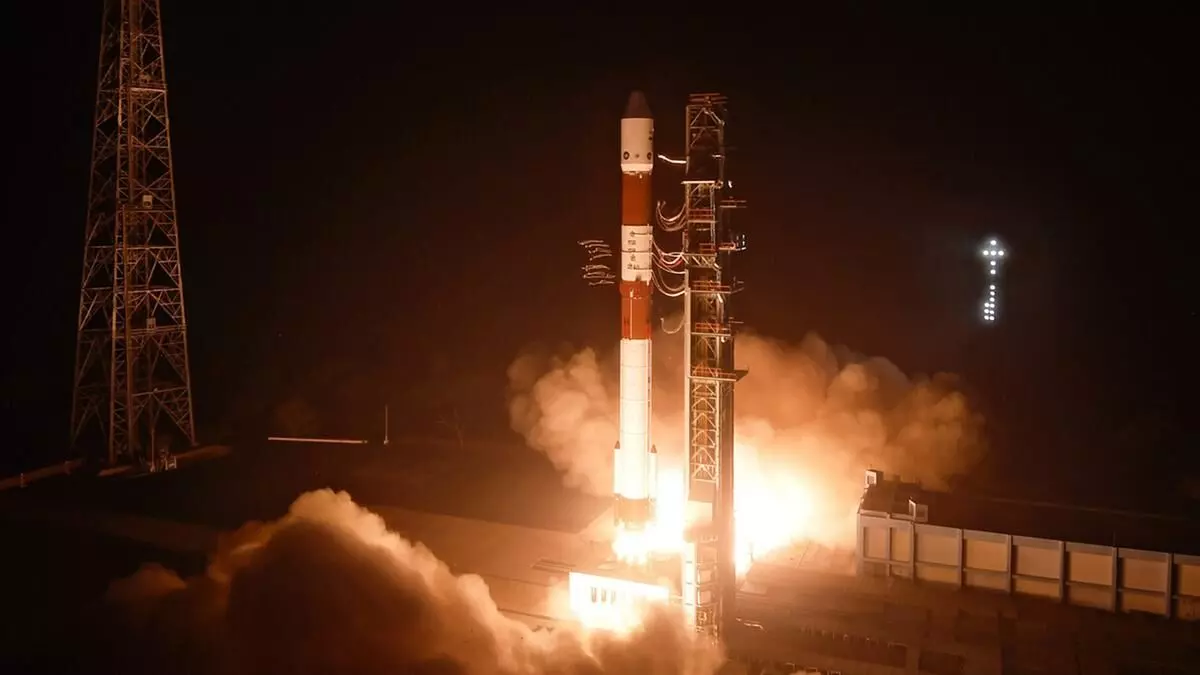ISRO Conducts Historic Space Docking Trial: Satellites Close In to 3 Meters
ISRO achieves a milestone with its SpaDeX mission as two Indian satellites close in to 3 meters for a historic space docking trial. Learn about the groundbreaking mission and its impact on India's future space explorations.
ISRO Conducts Historic Space Docking Trial: Satellites Close In to 3 Meters

Bengaluru: The Indian Space Research Organisation (ISRO) conducted a groundbreaking trial as two Indian satellites came within three meters of each other, marking a significant step toward achieving space docking. The satellites, part of the Space Docking Experiment (SpaDeX) mission, are now moving back to a safe distance for further analysis before the docking process.
A Step Closer to an "Exciting Handshake"
ISRO described the docking process as an "exciting handshake" between two satellites in space. This complex maneuver involves moving the satellites back and forth at a controlled speed of 10 millimeters per second. "A trial attempt to reach up to 15 meters and further to 3 meters is done. Moving back spacecrafts to a safe distance. The docking process will be done after analyzing data further," ISRO shared in an update.
The feat is being achieved using the indigenously developed Bhartiya Docking System, reflecting India's advanced capabilities in space technology.
About the SpaDeX Mission
The SpaDeX mission was launched on December 30, 2024, aboard the PSLV C60 rocket, placing two satellites, SDX01 (Chaser) and SDX02 (Target), into a 475-kilometer circular orbit. The mission aims to solidify India's place among the elite group of nations capable of space docking, following the USA, Russia, and China.
This capability will play a critical role in future space explorations, including India's planned Bharatiya Antariksh Station and potential Chandrayaan-4 missions.
Challenges and Preparations
The docking process has been postponed twice due to its complexity, with ISRO Chief Dr. S. Somnath highlighting the challenges of first-time attempts. "The docking exercise will be done only when all sensors have been fully calibrated and tested to satisfaction. All algorithms and scenarios are also tested on the ground before commands are sent to the spacecraft to perform docking autonomously," he stated.
What’s Next?
After docking, the two satellites will operate as a single unit, with electrical power transferred between them to confirm success. Once the trial is complete, the satellites will be undocked and resume functioning independently, signaling the mission’s success.
A Leap Toward the Future
India’s SpaDeX mission is not only a testament to ISRO’s engineering prowess but also a critical step toward bolstering the country’s capabilities in space exploration. The mission brings India closer to realizing ambitious projects, cementing its position as a global leader in space science.
Stay tuned for more updates on this historic mission as ISRO continues to push the boundaries of innovation.

